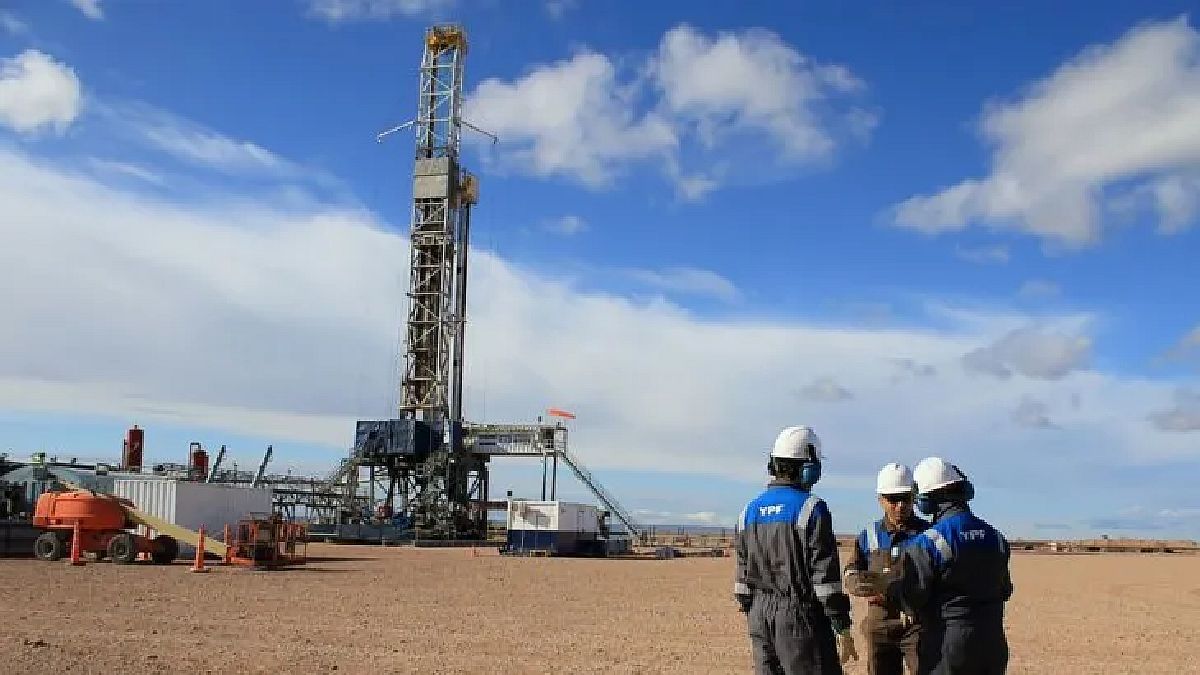According to INDEC data, crude oil extraction jumped 15.1% year-on-year, driven by the unconventional segment. Lithium extraction set a new record and also stood out.
Crude oil production recorded its largest year-on-year increase in almost three years in September and gave the greatest boost to Mining Industrial Production Index (IPI)which returned to growth in monthly terms after two months of decline. Lithium extraction also stood out again, setting a new historical record.
The content you want to access is exclusive to subscribers.
According to data provided by INDEC this Friday, the mining IPI improved 3.7% compared to Augustwhile, compared to September 2023, it rose 4.5%. In year-on-year terms, the indicator has already accumulated 45 consecutive positive data.


The increase in the month in question was largely explained by a 15.1% annual jump in oil extractionthe highest since November 2021. According to INDEC numbers, 1,473.5 thousand m3 of conventional crude oil and 2,023.7 thousand m3 of unconventional crude oil were extracted, respectively, presenting a decrease of 5.2 % and an increase of 36.4%.
In parallel, natural gas extraction slowed its increase to 2.8%the lowest figure since January of this year. In this case, 1,539.5 million m3 of conventional gas and 2,875.9 million m3 of unconventional gas were removed from the ground, presenting, respectively, a decrease of 6.7% and an increase of 8.7% in relation to same month of the previous year.
As a consequence of these good performances, the hydrocarbons division maintained its upward trend, registering in aggregate terms a positive interannual variation of 6.5%. This happened despite a new decline in the services segment for oil and gas extraction.
Minerals do not accompany hydrocarbons: lithium is the exception
On the contrary, the two mineral divisions (metalliferous and non-metalliferous) exhibited declines versus September of last year. In the case of metals, it was the third fall in a row although there was a slowdown compared to the previous two months (-8.2% vs 17.1% and -8.5%), explained mainly due to the dynamics of gold and silver production, which was only 0.4% lower to that of 12 months ago.
Regarding non-metallic minerals, the decline was 3.8%the fifth in a row but also with a cut in relation to the previous losses. As has been observed for months, the inputs demanded by the construction sector led the collapses; In plaster the contraction was 37.3%, while in sand it was 35.5%, to give two examples.
One of the few exceptions was lithium carbonatethe main derivative of this “critical mineral” that is produced in Argentina. The numbers from the official public statistics agency showed a year-on-year progress of 39.4% and a production of 6,396 tons, the highest since records have been kept.
Source: Ambito




